Be the Marie Kondo of Your Life: 15 Tips to Declutter
7 minuteRead

Clutter is a constant challenge we all deal with, as it invades our peaceful living space and disturbs our calm minds. Everyone has experienced the frustration of being lost in a pile of things, desperately searching for that one item they need. But now is the right moment to take a break, relax, and confront this clutter issue directly.
Clutter is defined as anything you keep that adds no value to your life. Making space in your home for the things that actually matter is the goal of decluttering. Marie Kondo might make decluttering appear simple, but it can often be difficult to let go of things since most of us tend to be hoarders on the inside. However, there are numerous advantages to decluttering and arranging your home. Many people find that organising and decluttering lowers stress by giving them a sense of control and accomplishment.
Decluttering your entire home, whether as part of a downsizing effort or to just simplify your life, is a significant chore. It can significantly increase your productivity and improve your mood in an instant. Whatever your motivation for decluttering your home and, by extension, your life, here are some of the best tips to declutter:
1. One-in-one-out drills are a good way to start
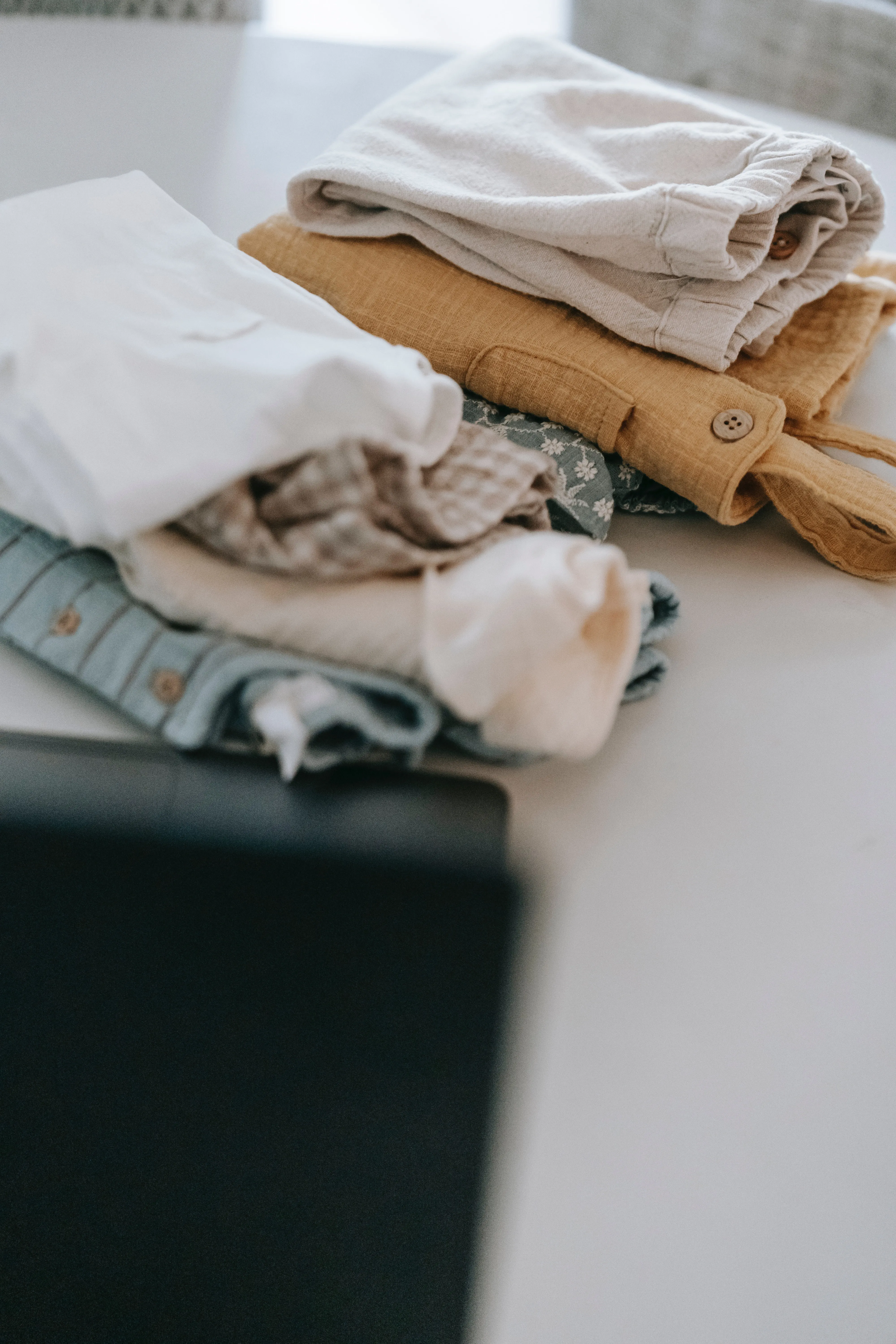
Make a promise to yourself that for every new thing that comes into your house to stay, you'll get rid of something else. It assists you in keeping your storage-math straight: If you follow this guideline to the letter, you should not have anything extra. Having a dedicated outbox for stuff you'll donate or give away (rather than toss) makes it easier to stick to the habit.
2. Create Sections

To declutter your home, you won't need any expensive tools, but you will need five baskets or containers for the following five purposes:
Put Away: This pile holds goods that have escaped their designated storage areas. In the bathroom, this may be a coffee cup, and in the kitchen, it could be a sweater. This is a list of items that will be returned to their proper places.
Recycle: Items that must be recycled, such as paper, plastic, or glass, go in this bin.
Repair: Use this container to store goods that require more attention, such as a favourite pair of shoes that require cleaning.Throw Away: Set aside one basket for stuff that can be thrown away right away, such as articles that can be thrown in the trash.
Donate: Set aside a bin for items that you can give to a charity or a friend. These are items that you should be able to reproduce. These should be products that you can envision someone else desiring or needing.
Place each item in one of the following containers in any area of your house. Make sure you don't miss anything, no matter how minor you think it is. This may take a few days, weeks, or months, but it will help you see how many objects you truly have and what to do with them.
3. Make use of the 90/90 rule
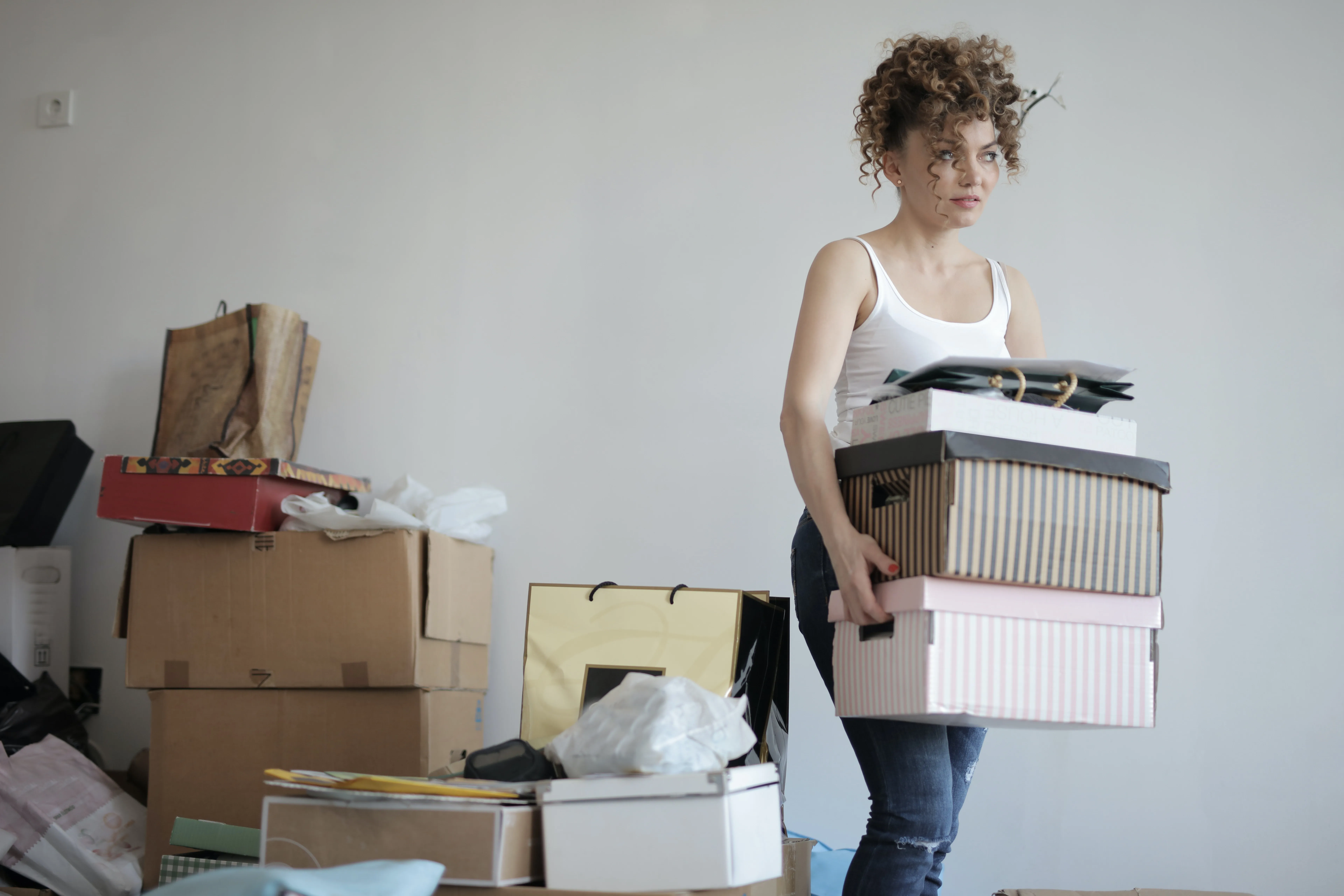
Ask yourself if you've used an item in the last 90 days and if you'll use it in the next 90 days. If the answer to both questions is no, it's out. The 90-day period is flexible, and you can adapt it to fit your lifestyle, but the framework aids in determining whether an item is as vital as you might believe.
4. Begin with small projects that have a big impact
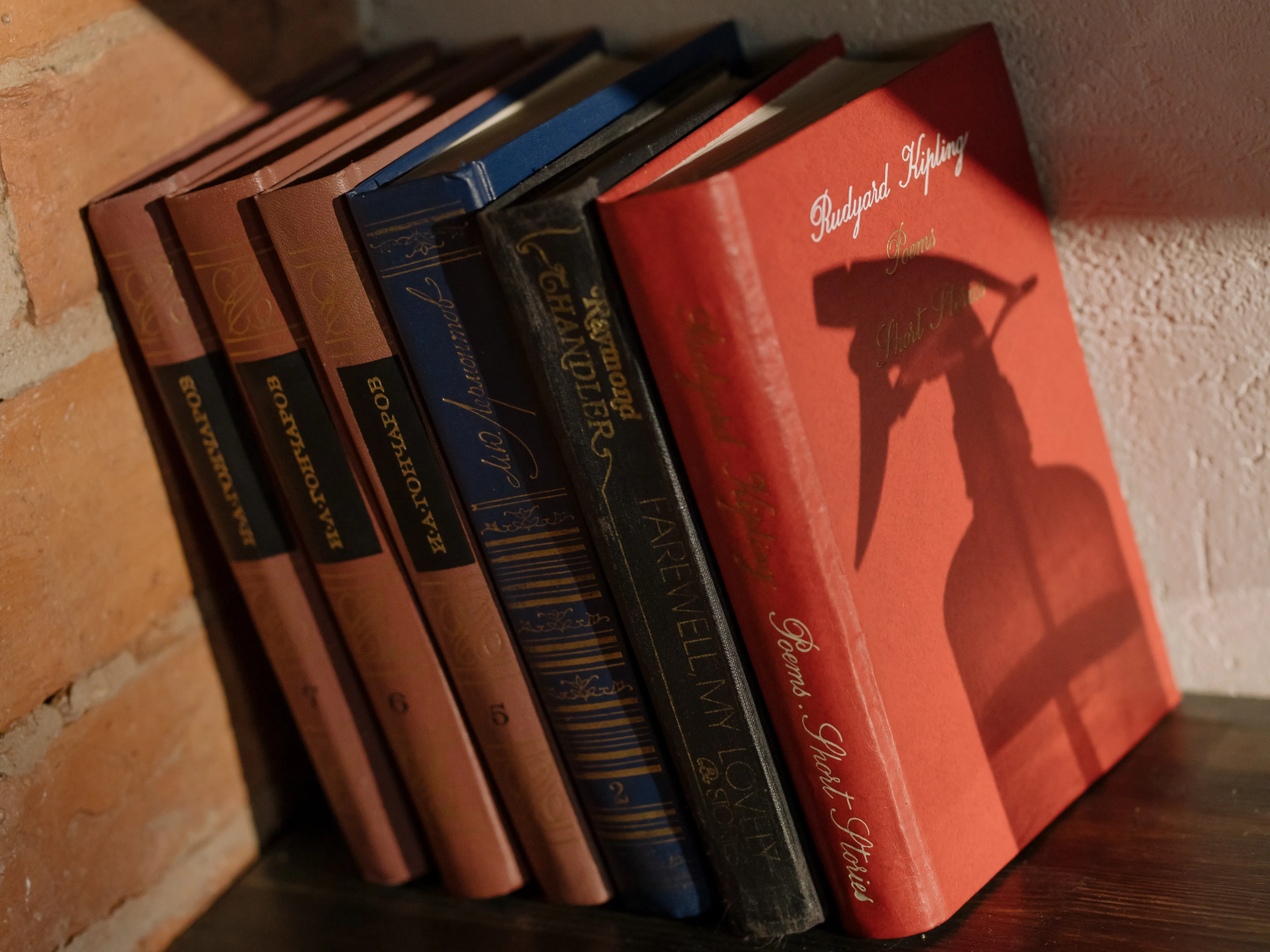
If you’re having a hard time deciding where to begin decluttering, start with a few modest jobs that will give you a sense of satisfaction when you're finished before committing to decluttering a whole area. This will boost your enthusiasm to take on longer projects and, in the end, result in a significant reduction in your clutter.
5. Conquer area by area
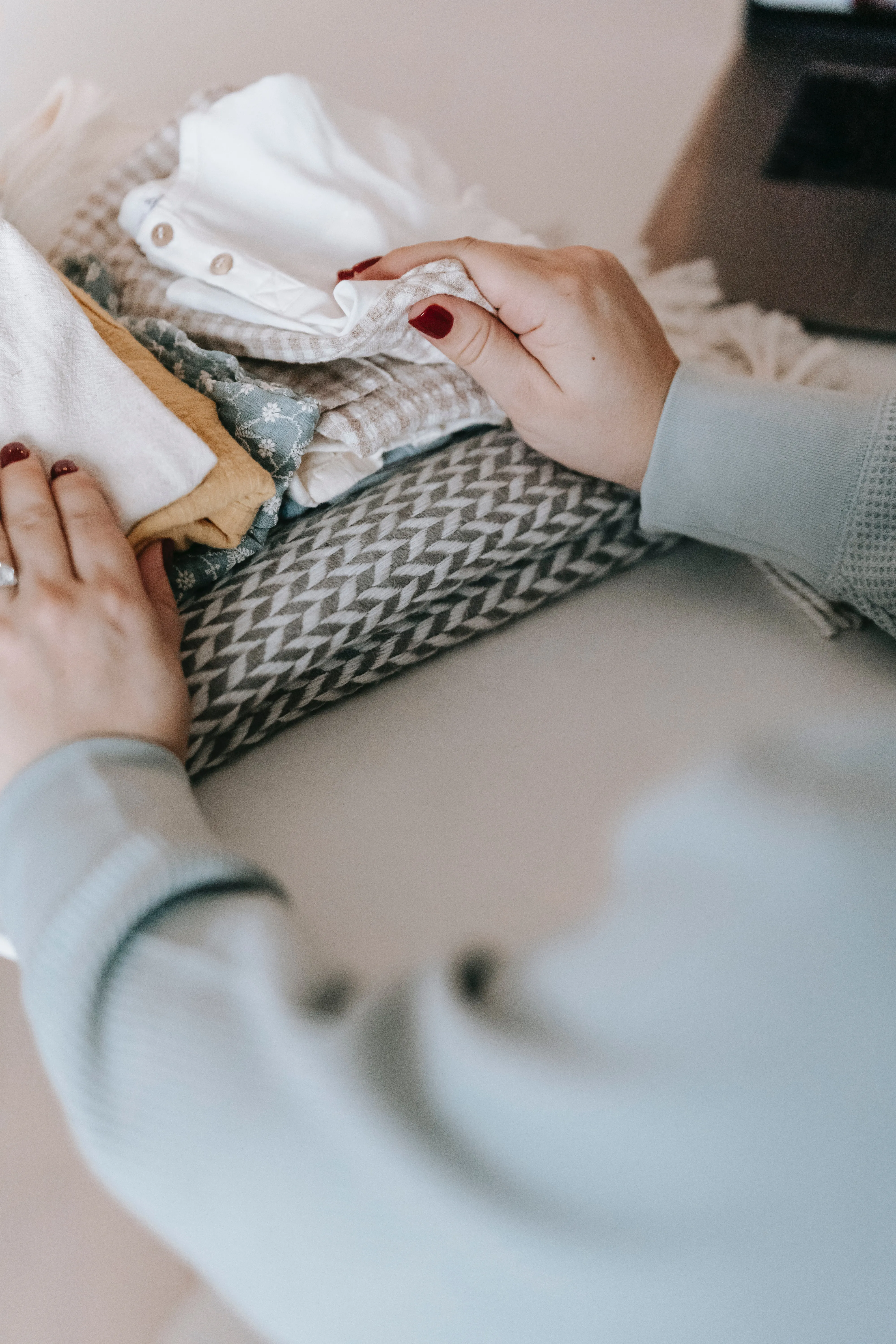
Looking just one freshly decluttered place may encourage you to declutter the rest of your house as well. So keep the momentum continuing by decluttering deeply in tiny places rather than cleaning a little at a time throughout your home—because you'll wind up with a full bag of donations but no specific blissfully decluttered space to point to if you do the latter. For example, you might opt to completely clear the junk drawer or a specific kitchen cabinet.
6. Does it spark joy?
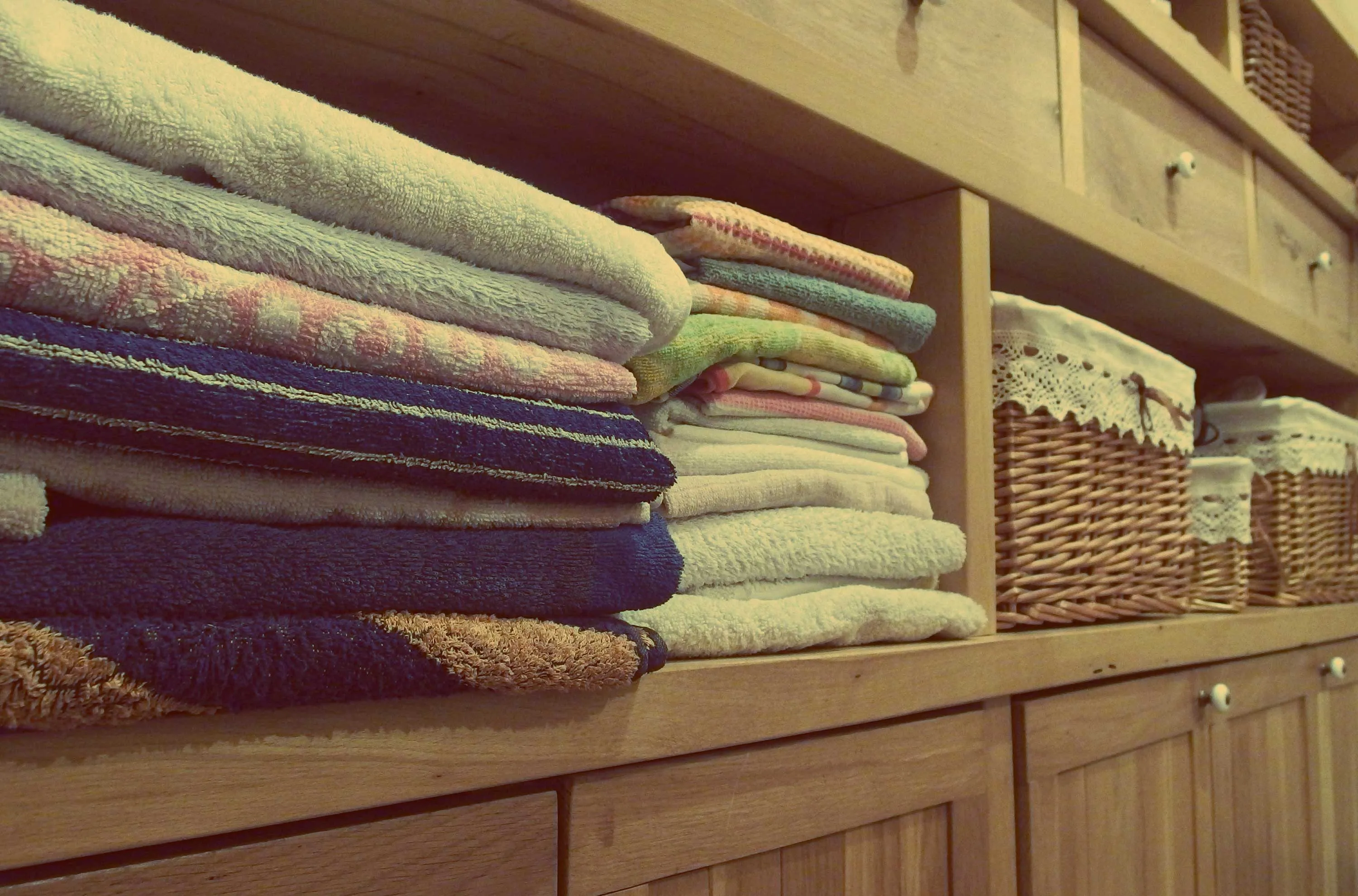
Marie Kondo has become a cultural figurehead for the decluttering and minimalism movement. Her catchphrase is for people to ask themselves if each and every item in their possession brings them joy. Declutterers must lay all related items (such as books or clothes) on the floor and then touch them one by one, according to Kondo's KonMari method. If an item does not "spark delight" when touched, the person should praise it for its contribution to his life before donating or discarding it. It works for some people, and if it does, it's a powerful way to let go of a lot of things.
7. Recognize that what you maintain will cost you a lot of money

Many times, you're tempted to keep goods because you believe it would be a waste of money to have to buy them again. However, keeping something comes at a price. You'll have to decide whether to store it yourself, give up actual storage space, or take up valuable empty space. Then you'll have to spend time arranging stuff, remembering where you placed it if and when you need it, and then putting it away, organising it again when it becomes dirty, and so on. You must consider whether the time and effort required to preserve that object is genuinely worthwhile.
8. Clean out those neglected drawers
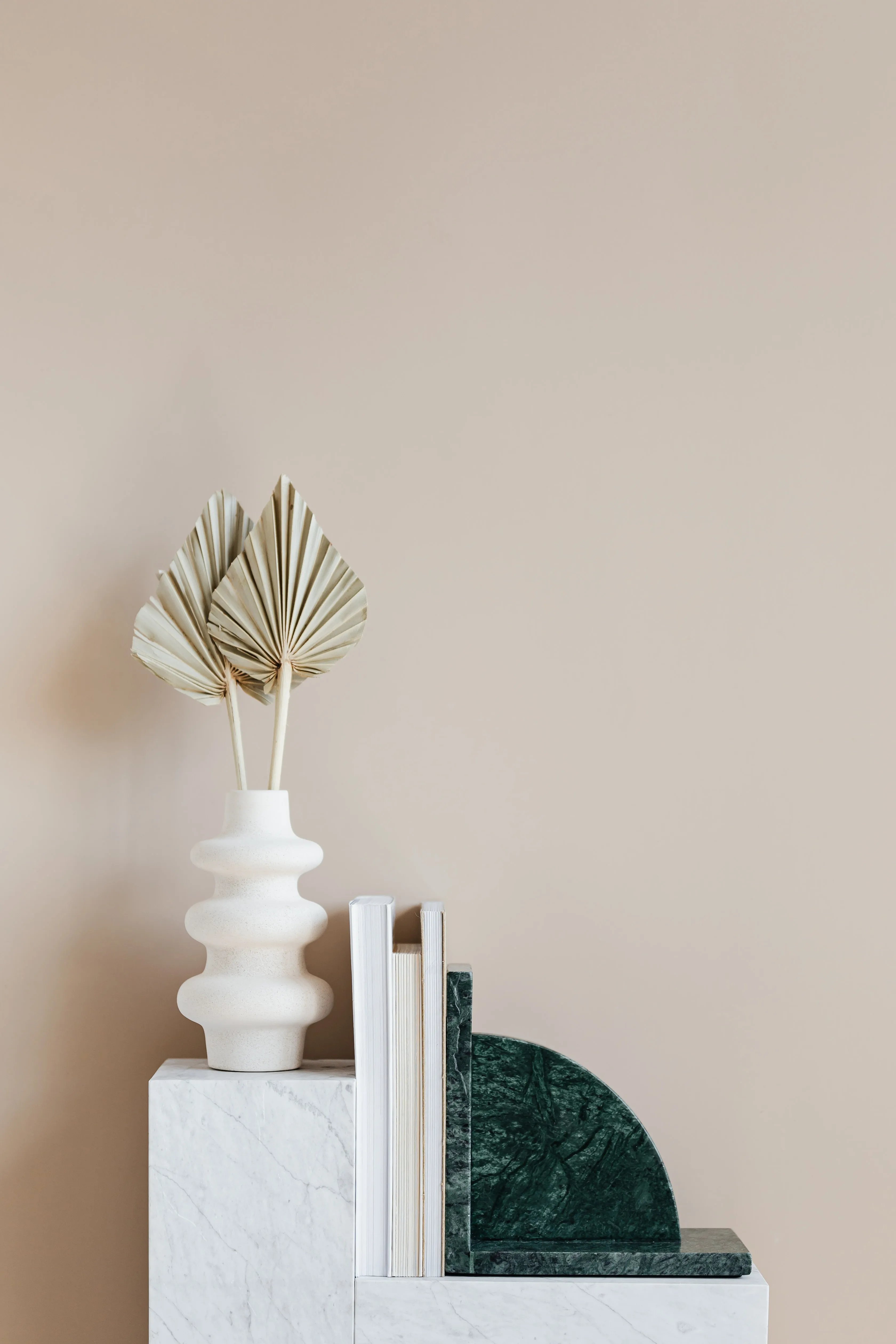
Simply remove the items in your drawer and empty it onto a table. After that, divide the drawer into three piles:
- Things that should go in the drawer.
- Things that should go somewhere else.
- Things to get rid of. Clean out the drawer thoroughly, then reorganise the items in the first pile neatly and orderly. Take care of the other piles right away.
9. Make a Plan
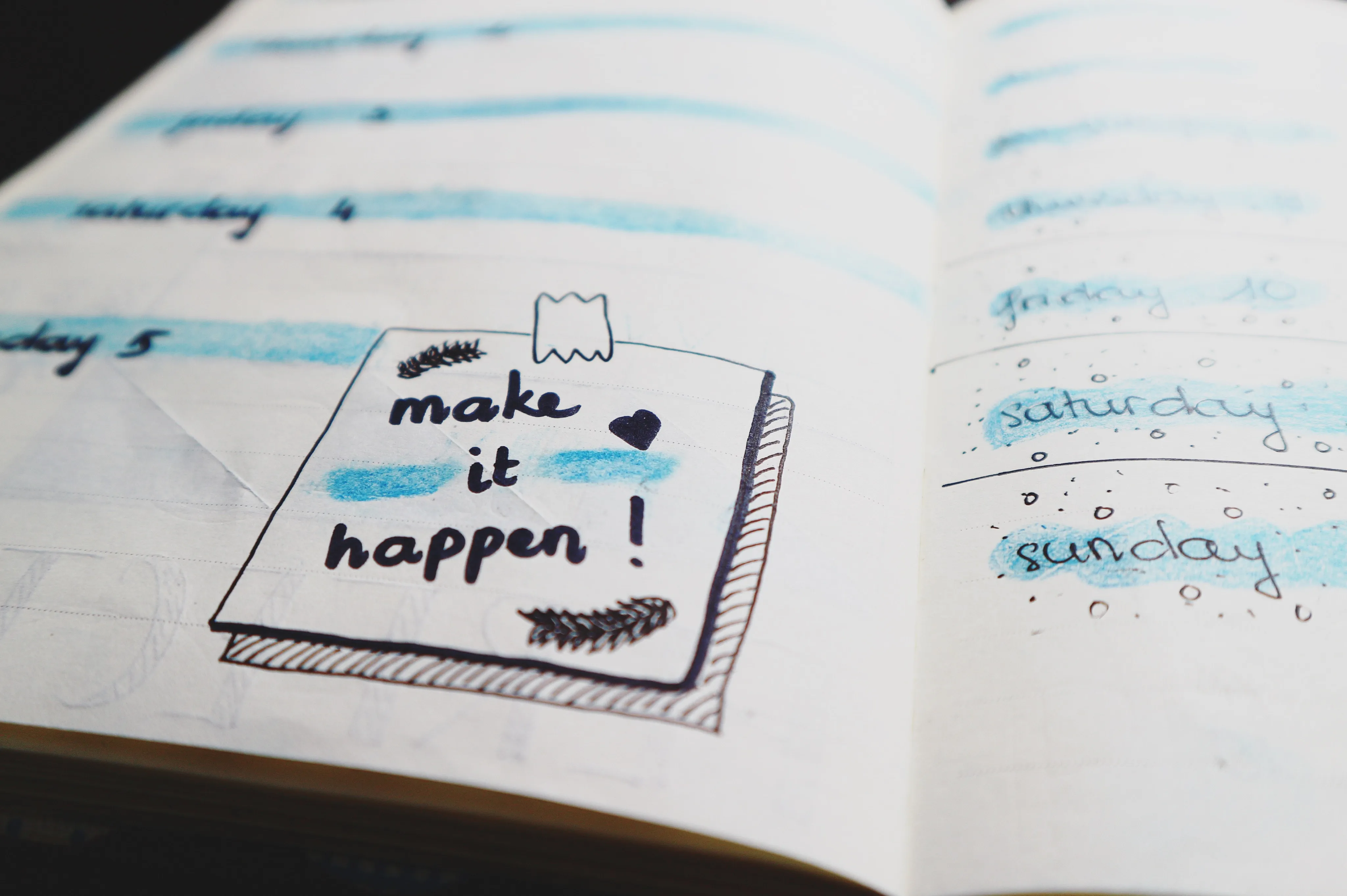
No one embarks on this endeavour without a strategy because it's intimidating and time-consuming. You must also be methodical. You can't declutter and organise every space in your house at once. Make a list of what needs to be done first, and then attack one room at a time. Perhaps a weekend of decluttering is in order, and the more people you have to help, the better. Prepare boxes and garbage bags, and make plans to give items to a charity. You may not be able to clear the entire house in one weekend, but you will almost certainly make significant progress.
10. Keep things that are similar together
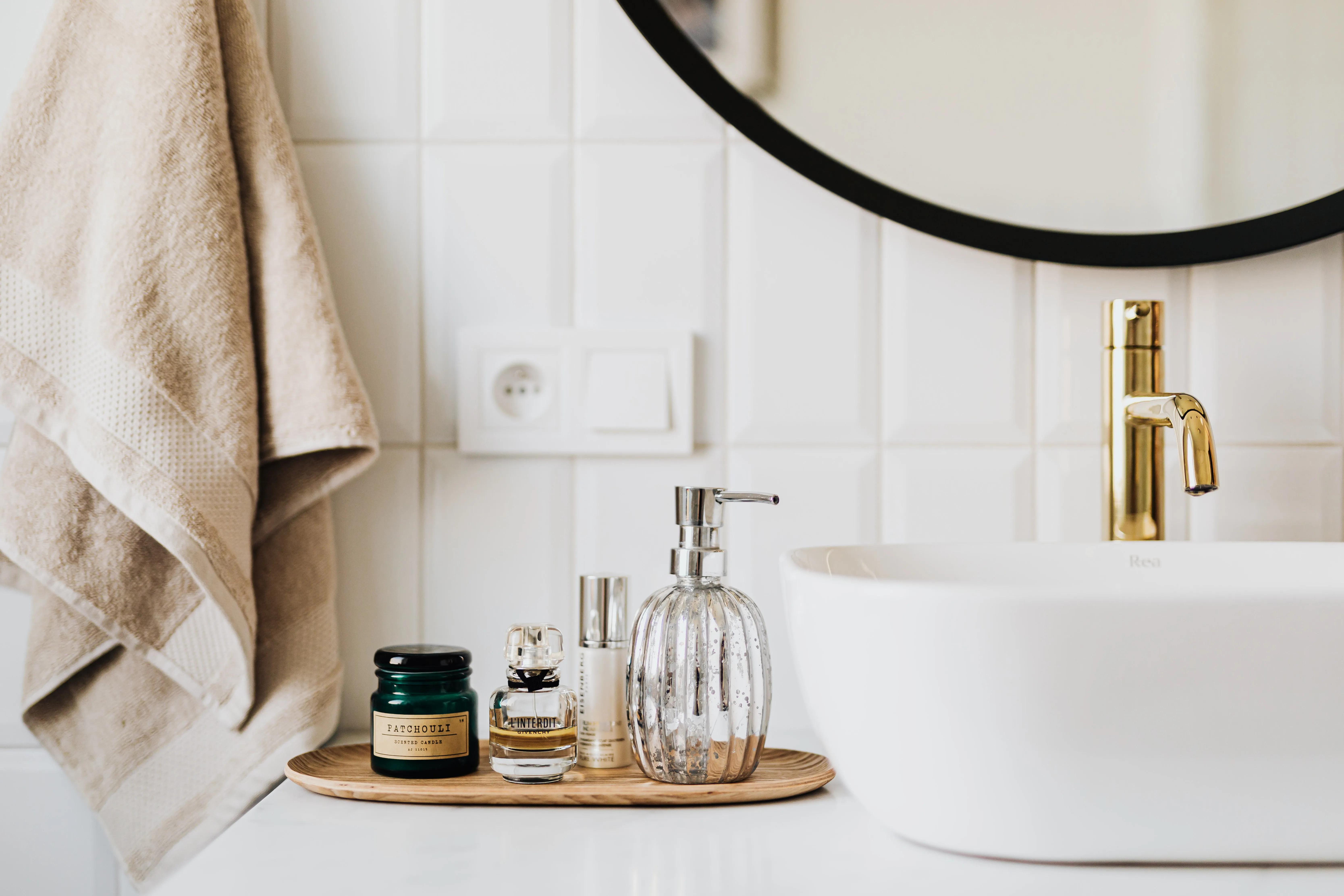
It's crucial to categorise items as you go through them when decluttering your home. Keeping like-items together encourages you to arrange your home and makes your life easier. Keep each kind of item close to where it will be utilised so you can find it when you need it.
11. Make a point of cleaning out your medication cabinet

Create a space for pharmaceuticals if you don't already have one. Examine everything for expired medications, items you'll never use again, filthy bandages, lotions to which you've discovered you're allergic, and ointments that had no effect on your energy or wrinkles.
12. Spend a few moments imagining yourself in the room

Take a step back and envision how you want the room to look. What are the most important furniture pieces? What doesn't belong in the room but has just happened to end up there? Get rid of the rest after you have visualised how the room will look uncluttered and determine what is essential.
13. When it comes to your wardrobe, consider the following:

The simplest approach to clear a wardrobe is to sort your clothes by category. That implies you should start with shoes, then boots, dresses, jeans, and so on. Anything that was simply in the improper place should be put away. Put a pair of socks in your dresser if you have any in your closet. Place any filthy clothes in the hamper or take them to the laundry room. Any items that require repair should be taken to a tailor or dry cleaning. Take your garments to a donation centre or a consignment shop to get rid of them.
14. Consider whether you'd buy it right now
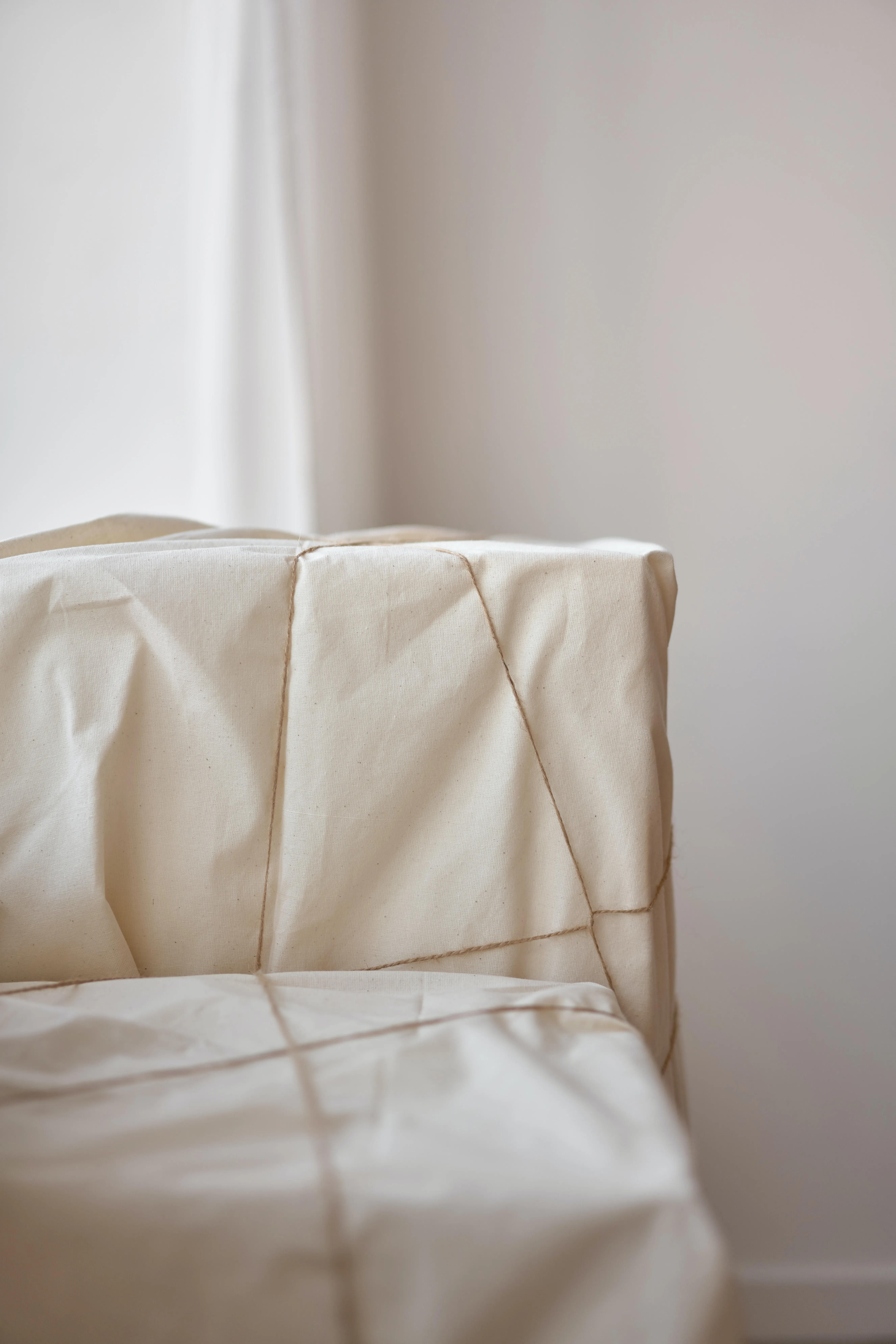
“Would I buy this if I were shopping right now?” is a great question to ask yourself. It will assist you in narrowing down your possessions to only those that are now useful to you. The question will assist you in getting rid of goods that are no longer a part of your current life, and broken stuff that you were never going to fix in the first place.
15. Have a discussion with the folks who live with you

The issue isn't always with us; sometimes it's with the person or people we live with. An uncluttered home is the consequence of everyone in the house adhering to the same attitude of simplicity. You can get a long way to that point if you take a few minutes to explain that you really want an uncluttered house and that you could use their support. Instead of being annoying and nasty, try to be persuading and encouraging.
Conclusion
Decluttering isn't just about creating a visually pleasing space; it's a journey towards mental clarity and an opportunity to curate your surroundings to reflect your current needs and aspirations. By starting small, being ruthless yet realistic, and maintaining a consistent decluttering routine, you'll find yourself surrounded by things that truly matter, both physically and mentally.
Once you've decluttered an area, take some time to appreciate the new look. It's a great appearance. Set it as your benchmark, then go around catching clutter and getting rid of it wherever it appears. Make an effort to improve yourself, beginning with a clutter-free and well-organized home. Apart from being beneficial to your health, it can also improve your mood and productivity. Additionally, decluttering and organising your home might help you lower your carbon footprint. I hope that this decluttering advice will assist you in making room for the things that matter most to you!
Write, Record and Answer! Consume Unlimited Content! All you need to do is sign in and its absolutely free!
Continue with one click!!By signing up, you agree to our Terms and Conditions and Privacy Policy.










